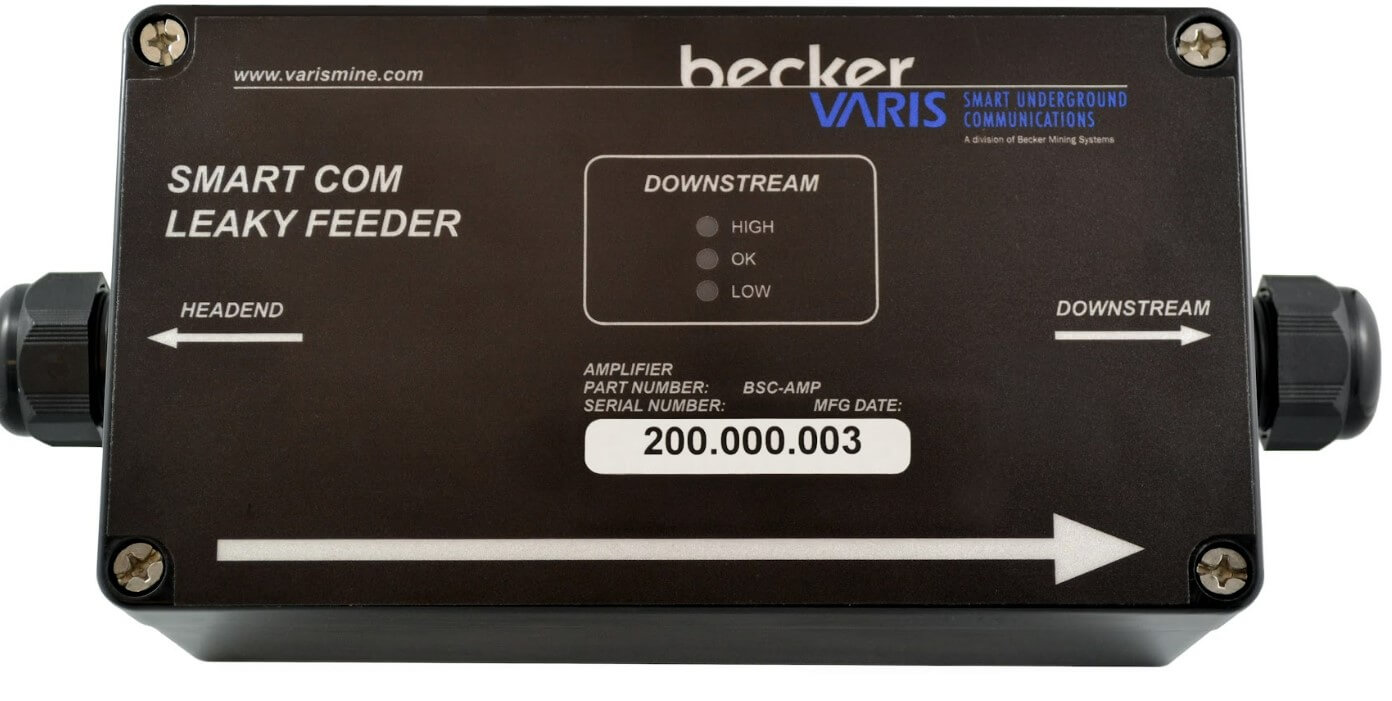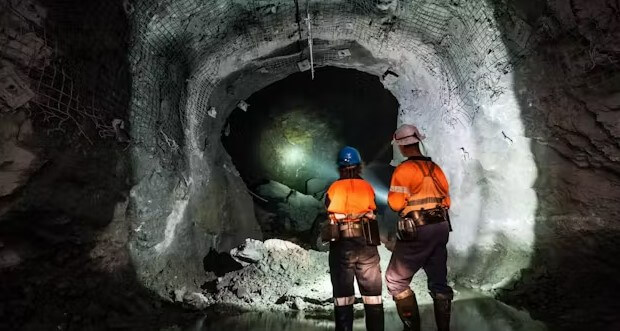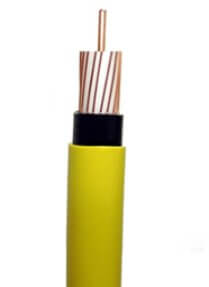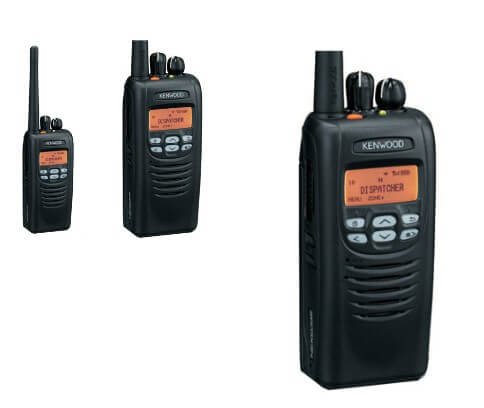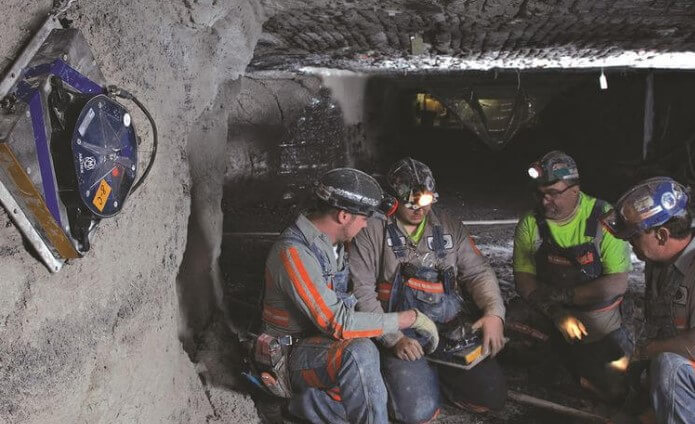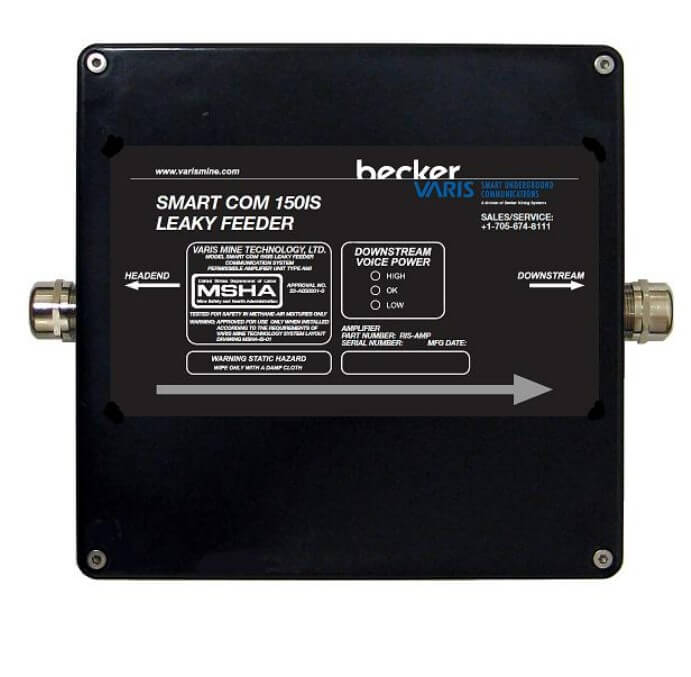Mining operations, especially those taking place in remote and underground environments, demand reliable communication systems to ensure safety and optimize efficiency. The need for effective communication is critical in coordinating various operations, managing emergencies, and maintaining a productive workflow. In recent years, advancements in long-distance radio communication have transformed the mining industry, providing operators with tools to communicate seamlessly over vast and challenging terrains. This article explores the importance of long-distance radio communication in mining operations, how it enhances safety and productivity, and the technologies Becker Wholesale Mine Supply brings to the table.
The Necessity of Long-Distance Radio Communication in Mining
Mining environments are often complex and hazardous, characterized by vast underground networks, heavy machinery, and areas with limited visibility. Miners face unique challenges in staying connected across these extensive areas, as underground spaces and remote locations can impede traditional communication channels. Long-distance radio communication systems offer miners the ability to communicate clearly and immediately across the entire operation site, fostering a secure and coordinated work environment.
- Safety: Effective communication minimizes the risk of accidents by enabling miners to receive and relay crucial safety information in real time. In emergencies, immediate communication can be the difference between life and death, as workers can quickly alert others, request assistance, and coordinate evacuation.
- Efficiency: Communication improves productivity by streamlining daily operations and allowing team members to coordinate tasks and resources in real time. With reliable long-distance radio communication, mine operators can direct equipment use, manage logistics, and ensure that teams work in unison.
- Compliance and Monitoring: Mining regulations require consistent monitoring and reporting of activities. Communication systems allow operators to ensure compliance with safety standards and maintain detailed records of operations.
Key Technologies in Long-Distance Radio Communication
At Becker Wholesale Mine Supply, we prioritize top-of-the-line technology to address the needs of modern mining operations. Our long-distance radio communication systems incorporate various features and innovations, including:
1. VHF and UHF Radios
VHF (Very High Frequency) and UHF (Ultra High Frequency) radios are essential tools for mining operations. Each radio type offers unique advantages based on the terrain and depth of the mining site:
- VHF Radios: Known for their long-range communication capabilities, VHF radios perform well in open and outdoor environments. They are particularly effective in mines that include above-ground areas, as they offer better signal penetration in remote areas where maintaining connectivity is challenging.
- UHF Radios: UHF radios are ideal for underground communication, as their shorter wavelengths penetrate obstacles better than VHF radios. For mines with complex underground networks, UHF radios offer reliable, clear communication even in dense environments.
2. Leaky Feeder Systems
A leaky feeder system is a specialized setup used for uninterrupted radio communication in confined spaces such as mines. This system acts as a continuous antenna, “leaking” radio signals along a cable, allowing radios to stay connected to a central network. Leaky feeder systems are invaluable in underground mining, where traditional radio waves often fail.
With a leaky feeder system:
- Miners can communicate freely throughout extensive tunnel systems without interference.
- Emergency alerts can be relayed instantly, increasing safety and response times.
- The system can be integrated with various radio frequencies, enhancing versatility.
Becker Wholesale Mine Supply offers customized leaky feeder systems tailored to the unique layout and size of each mining site, ensuring comprehensive communication coverage.
3. Digital Mobile Radio (DMR) Technology
Digital Mobile Radio (DMR) technology is a new standard in the industry, offering enhanced voice clarity, encryption, and data features over analog systems. DMR technology in long-distance radio communication enables miners to transmit high-quality voice, text, and data signals.
Some advantages of DMR in mining:
- Noise Reduction: Digital systems filter out background noise, ensuring clear communication, which is crucial in noisy mining environments.
- Encryption: Provides a layer of security, preventing unauthorized access to communication channels.
- Scalability: DMR systems are highly scalable, making them suitable for both small and large mining operations.
Becker’s DMR systems are optimized for the demanding conditions of mining, offering miners reliable and uninterrupted communication, which is crucial for both daily operations and emergency situations.
4. Push-to-Talk over Cellular (PoC) Technology
Push-to-Talk over Cellular (PoC) technology offers the advantages of radio communication with the extended coverage provided by cellular networks. PoC devices are increasingly popular for above-ground mining operations, where network availability is not hindered by physical barriers.
PoC devices provide:
- Extended Coverage: Enables communication over cellular networks, providing long-distance communication beyond traditional radio ranges.
- Ease of Use: Allows miners to communicate at the push of a button, ideal for quick and efficient coordination.
- GPS Tracking: Some PoC devices are equipped with GPS tracking, allowing real-time monitoring of team locations for added safety.
With PoC technology, Becker ensures that above-ground mining teams remain connected over extensive areas without the need for complex infrastructure.
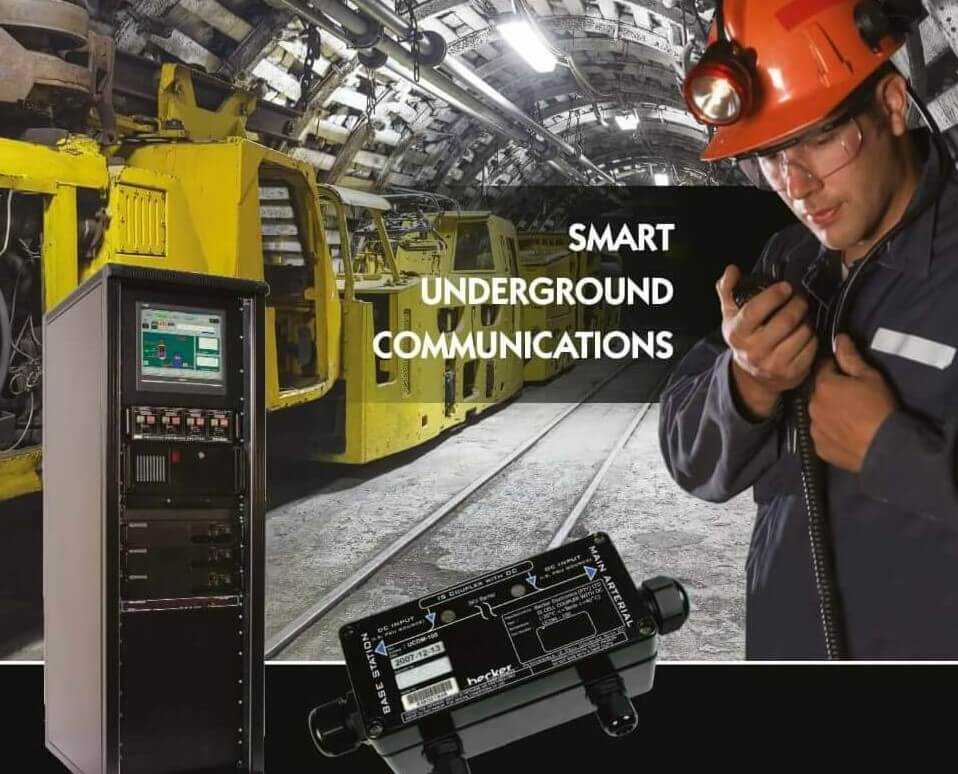
The Impact of Long-Distance Radio Communication on Mining Operations
Long-distance radio communication improves every aspect of mining operations by fostering a safer, more efficient, and coordinated environment. Here’s a breakdown of how these systems impact daily mining activities:
1. Enhanced Worker Safety
The primary benefit of reliable communication systems is enhanced worker safety. Mining is inherently risky, and in emergency situations, clear and immediate communication can save lives. With long-distance radio communication, workers can:
- Quickly Report Hazards: Workers can immediately report dangerous conditions, such as equipment malfunctions or structural issues, allowing supervisors to take prompt action.
- Coordinate Evacuations: In cases of emergencies, such as fires or gas leaks, evacuation instructions can be relayed instantly.
- Access Emergency Support: Workers can communicate directly with emergency response teams, reducing response time and facilitating medical assistance when necessary.
Becker Wholesale Mine Supply’s communication solutions are designed to address these needs, ensuring that safety remains a top priority for every mining operation.
2. Increased Operational Efficiency
In large mining operations, seamless communication allows teams to work in synchronization, which is essential for productivity. Some specific efficiency improvements include:
- Equipment Coordination: Operators can relay information about equipment status, minimizing downtime and ensuring that resources are used effectively.
- Streamlined Task Management: Supervisors can coordinate tasks and delegate responsibilities more efficiently, allowing for continuous workflow with minimal interruptions.
- Logistics Management: Communication systems aid in managing logistics, from material transport to supply chain coordination, helping operations stay on schedule.
With reliable long-distance radio communication, Becker’s clients achieve optimized workflows, keeping projects on track and enhancing profitability.
3. Real-Time Monitoring and Reporting
Compliance with regulations and operational standards is crucial in the mining industry. Communication systems enable real-time monitoring of activities, helping mines remain compliant with safety and operational standards. These systems support:
- Automated Reporting: Operators can log data on equipment usage, maintenance needs, and other operational metrics.
- Environmental Monitoring: Communication networks can integrate with environmental monitoring sensors, keeping track of air quality, temperature, and other variables that impact safety.
- Inventory Management: With real-time communication, teams can monitor inventory and resource levels, reducing waste and ensuring that supplies are allocated properly.
At Becker Wholesale Mine Supply, we understand that compliance is key to sustainable operations. Our systems are designed to provide comprehensive monitoring and reporting, making it easy for mining operations to meet industry standards.
Becker Wholesale Mine Supply: Leading in Long-Distance Radio Communication Solutions
As an industry leader, Becker Wholesale Mine Supply offers cutting-edge communication solutions tailored to the mining industry’s unique needs. Our systems are developed to withstand the harsh conditions of mining environments while delivering exceptional performance in both above-ground and underground operations.
Customer-Centric Customization
No two mining sites are identical, and we recognize that each site’s communication needs differ. Becker offers fully customizable solutions, designing radio communication systems that suit the specific challenges of each mine, whether that involves rugged terrain, extensive tunnel systems, or remote locations. Our team works closely with clients to assess site layouts, address unique safety concerns, and develop communication strategies that maximize operational efficiency.
Advanced Training and Support
We understand that introducing new technology requires training and support. Becker provides comprehensive training programs for miners, supervisors, and technical teams, ensuring they can use communication systems effectively. Our support services are available around the clock, ensuring that clients can access technical assistance and maintenance whenever required.
Commitment to Innovation
Mining technology is constantly evolving, and Becker Wholesale Mine Supply is committed to staying at the forefront. We invest in research and development to continue delivering the best communication solutions. Our team explores innovations in digital communication, advanced leaky feeder technology, and integrated GPS systems, ensuring our clients benefit from the latest in communication advancements.

The Future of Mining Communication
Long-distance radio communication has become indispensable in modern mining, offering operators a reliable way to coordinate operations, protect workers, and optimize workflows. By partnering with Becker Wholesale Mine Supply, mining companies gain access to state-of-the-art communication solutions that adapt to any environment, whether above ground or deep underground. Our commitment to innovation, safety, and efficiency means that Becker clients can trust us to deliver communication systems that enhance their operations.
In the future, continued advancements in communication technology will make mining safer and more productive. As the industry evolves, Becker will continue to lead, providing systems that meet the unique demands of mining environments. Investing in long-distance radio communication is an investment in safety, efficiency, and success, ensuring that mines operate smoothly and sustainably for years to come.
Products That We Offer
Take control of your mining communication systems today! With Becker Wholesale Mine Supply, the leading manufacturer in the USA. Contact us now and revolutionize your mining communication systems!
Take the first step towards powering up your operations, call us at +1-724-515-4993!


